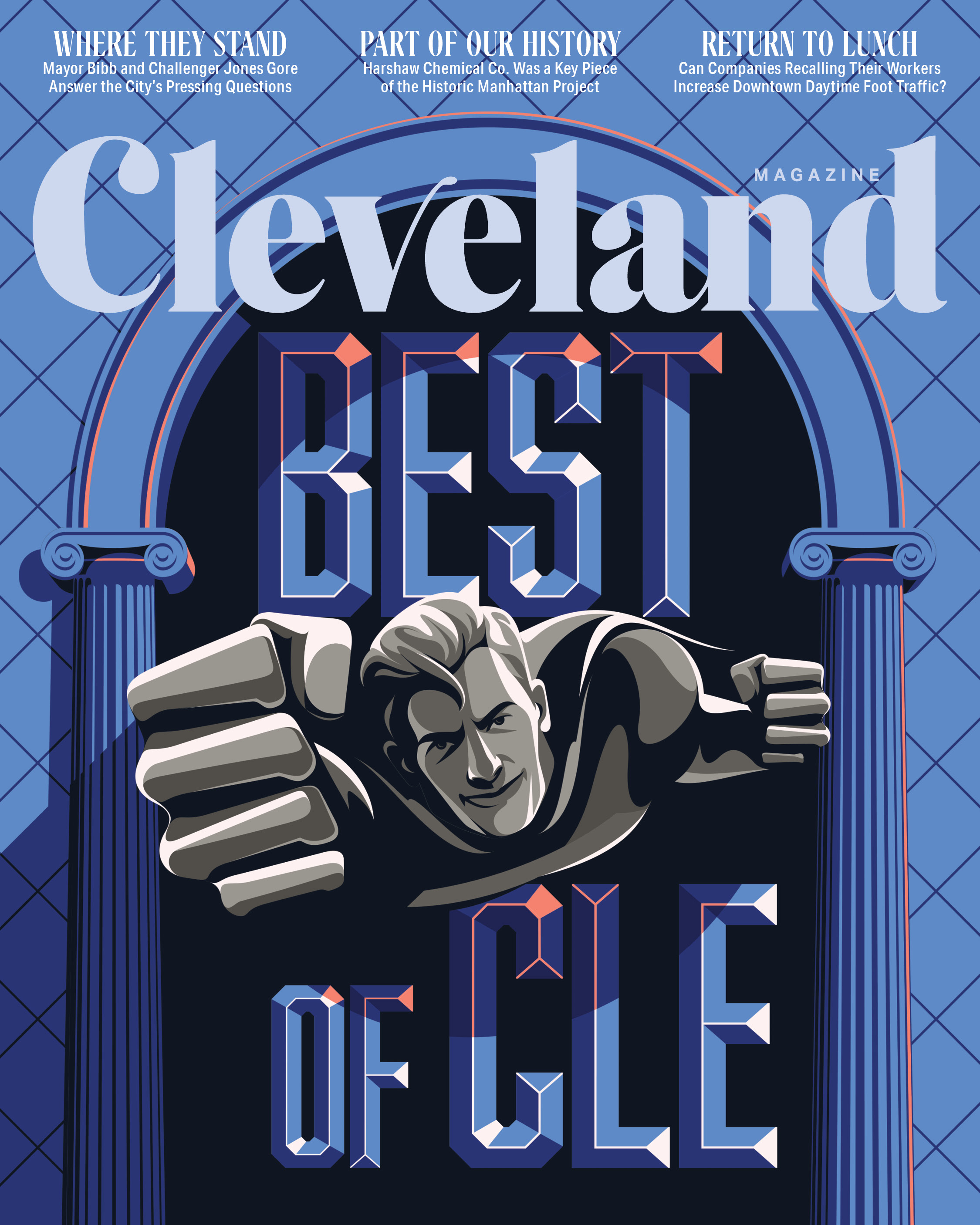In those days, there were a lot of loose ends. The biggest development of the decade was the failure of the once great Cleveland Press. It would take another decade for the town to truly understand the implications of its loss. Amid this, the magazine’s editorial philosophy was simple: Search for the best story in town, particularly one that the newspapers overlooked, and tell it.
The decade saw spirited, hard-nosed journalists join the staff. Edward P. Whelan, who wrote more significant articles than anyone in the magazine’s history, and Rory O’Connor, whose work won several important national writing awards, captivated readers with their stories. Frank Kuznik covered the chaotic years of Mayor Dennis J. Kucinich, while Greg S. Stricharchuk probed U.S. District Judge Frank J. Battisti’s drinking habits and his role in the ill-fated school busing decision.
And somewhere in the middle of it all, a woman then named Connie Schultz Gard began to contribute to the magazine. She was talented, smart and could write, and she would later win a Pulitzer Prize for The Plain Dealer. It had always been my hope that the magazine offered a point of departure for young writers, and I took no small joy in her success.
We thought that a city’s history was best captured through profiles. Readers loved them, but those who were profiled shied from probing writers. Once a prominent businessman hid under the dining room table with his family when a writer came calling. Peter Lewis was no easy task. The late Al Lerner refused, but we covered him anyway. George Forbes was no slouch, either.
I look back and see history, instead of the difficult and often thankless work that we all put in to give the city a different face. But for all of us who were there, it’s something we’ll never forget.
Trending
-
1
-
2
-
3
-
4
-
5










